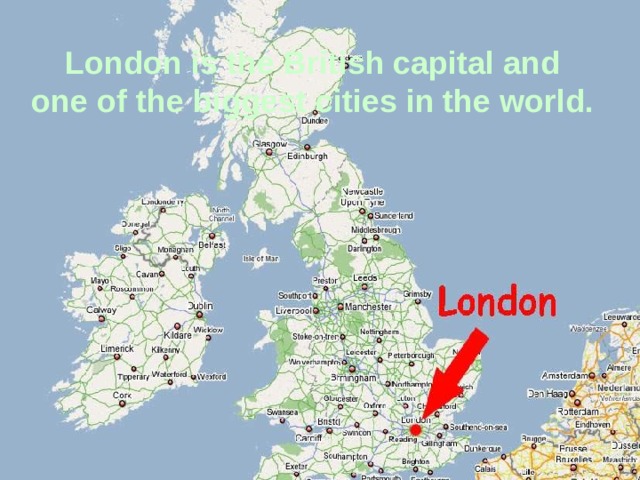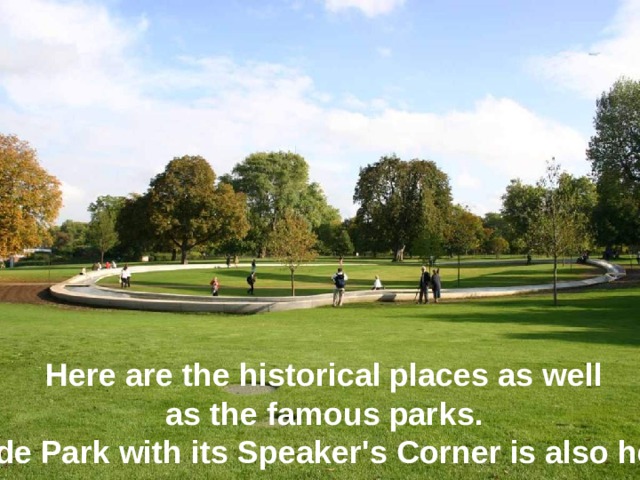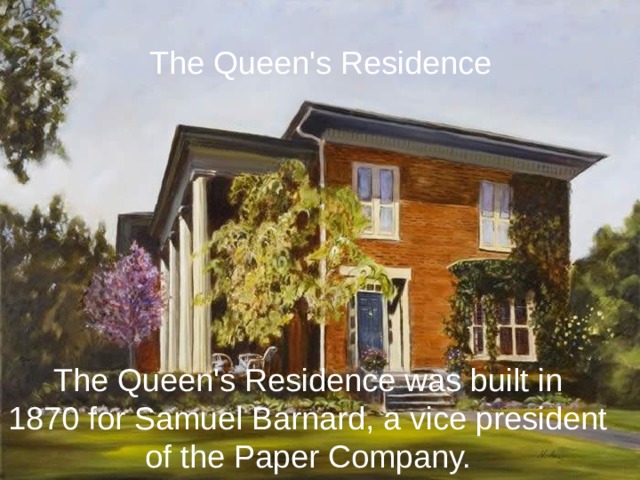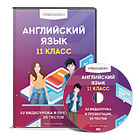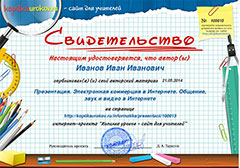Государственное учреждение образования
«Средняя школа №5 г. Могилева»
Урок по теме
«Достопримечательности Лондона»
7 класс
Подготовила:
учитель английского языка
I квалификационной категории
Чмыхунова Екатерина Робертовна
Могилев 2021
Урок английского языка по теме «Достопримечательности Лондона»
Учитель английского языка Чмыхунова Е.Р.
| Учебный предмет | Английский язык |
| Класс | 7 |
| Тема | Путешествия по разным странам мира |
| Базовый учебник | «English 7» Н. В. Юхнель, Е.Г. Наумова, Н.В.Демченко , Минск «Вышэйшая школа» 2016 |
| Тема урока: Достопримечательности Лондона. Восприятие и понимание речи на слух. Артикль с названиями достопримечательностей. |
| Место урока в теме: 3 |
| Тип урока: комбинированный |
| Дата урока: 10.03.2021 |
| Образовательные ресурсы: презентация, учебник, аудиоприложение к учебнику, раздаточный материал |
| Цель урока: формирование умения воспринимать на слух и понимать несложный аутентичный аудиотекст с выборочным пониманием содержания, овладение знаниями о реалиях страны изучаемого языка, обобщение и расширение лингвострановедческих знаний по теме «Лондон», закрепление и отработка в речи изученных лексико-грамматических структур и формирование умений применять полученные знания на практике. |
| Задачи урока научить понимать на слух текст, построенный на знакомом языковом материале; учить грамматически правильно строить предложения с использованием изученных структур и использовать их в речи в рамках данной ситуации общения; расширить знания о стране изучаемого языка, ее столице, достопримечательностях; учить читать и полностью понимать текст, построенный на знакомом языковом материале, а также находить в нем детальную информацию; совершенствовать грамматические навыки по теме: употребление определённого артикля с географическими названиями; развивать интеллектуальные умения (уметь систематизировать, обобщать информацию, выделять главное).
|
| Планируемые образовательные результаты: Научатся понимать на слух текст, построенный на знакомом языковом материале, читать текст с целью извлечения конкретной информации, употреблять в речи названия географических объектов с определённым и нулевым артиклем. Получат возможность научиться: понимать на слух текст, построенный на знакомом языковом материале, читать и полностью понимать текст, находить в нём детальную информацию. |
Структура урока: Организационный момент.
Введение в тему урока.
Речевая зарядка. Did you guess the topic of our lesson? I think you did. Today we’ll speak about London’s places of interest. But it is necessary for me to understand what do you think about these.
1. What places of interest do you know?
2. Would you like to visit London? Why?
Развитие навыков восприятия и понимания речи на слух.
Развитие навыка чтения и нахождения детальной информации по теме: «Достопримечательности Лондона».
Карточки с упражнением по теме «Артикль с названиями достопримечательностей»
Домашнее задание: найти материал и подготовить сообщение о достопримечательностях Лондона.
Рефлексия
Ход урока:
1. Организационный момент.
2. Введение в тему урока.
3. Речевая зарядка. Did you guess the topic of our lesson? I think you did. Today we’ll speak about London’s places of interest. But it is necessary for me to understand what do you think about these.
1. What places of interest do you know?
2. Would you like to visit London? Why?
а) Compare different ways of travelling. Use the adjectives in the boxes, ex.1a, p. 180.
Используя диаграмму с описательными прилагательными и словосочетаниями составляем предложения, тем самым отвечаем на вопросы:
b) Which do you think is the best way to make a tour around London? Why do you think so?
4. Развитие навыков восприятия и понимания речи на слух.
Восприятие и понимание речи на слух. ex. 2a, 2b, p. 180
Nick wants to take a tour of London. He’s talking to Rosie on the phone.
a) Listen to their conversation and say why Rosie isn’t in London now.
b) Listen again and say how many sights Nick is going to see.
Фото с изображением достопримечательностей Лондона - на доске, отдельно находятся надписи с названиями этих достопримечательностей.
5. Совершенствование навыка чтения, в ходе чтения найти необходимую информацию и соотнести текст с фото достопримечательностей. ex. 3a, 3b, p. 182-183
a) Look quickly through the descriptions of the most famous London landmarks and match them with the photos (see pages 181–183).
The Tower of London
Hyde Park St Paul’s Cathedral
Piccadilly Circus
Madame Tussaud’s Museum
Buckingham Palace
Trafalgar Square with Nelson’s Column
Tower Bridge
Big Ben and the Houses of Parliament
Westminster Abbey
London Eye
A. The most famous bridge over the River Thames. There is a museum inside.
B. A large church where the coronations of many kings and queens took place.
C. A cathedral built by the famous architect Sir Christopher Wren, where an earlier cathedral used to be before the Great Fire of London in 1666.
D. Now a museum, it used to be a prison (тюрьма), the Royal residence and a treasure house (сокровищница).
E. The official London home of the Queen. The Palace with 600 rooms is open to the public in summer, when the Queen is on holiday.
F. A popular London park with Speaker’s Corner where you can say anything you like to the public.
G. London’s most famous square with a column named after Admiral Nelson who won the battle of Trafalgar. The square is surrounded by many famous buildings (The National Gallery, The National Portrait Gallery).
H. This famous museum is found in Marylebone Road, near Baker Street. The wax figures of famous people are all life-size. Open daily.
I. The Palace of Westminster, as the Houses of Parliament are officially known stands beside Westminster Abbey, by the Thames. The clock tower, 98 m high, is known throughout the world as Big Ben. Big Ben is in fact the tower bell, which weighs 14 tonnes.
J. One of the most famous London landmarks – a square surrounded by souvenir shops and places to eat, from where Piccadilly runs to Hyde Park Corner. The square is actually round.
K. A giant vertical rotating wheel with passenger cars is now the most popular paid tourist attraction in the UK. It is 135 metres tall and 120 metres in diameter. Its official name is the Millenium Wheel.
b) Read the texts well. Find the place which:
1. is in fact a palace;
2. is Europe’s tallest Ferris wheel;
3. is full of shops and restaurants;
4. is always open to the public;
5. is good for speaking to the public;
6. has a monument in the centre;
7. is important for the Royal family;
8. is a rebuilt cathedral;
9. has a museum inside;
10. used to be a dangerous place;
11. is open to tourists when the Queen is away.
Make up sentences. Mind the use of articles with the names of famous sights.
6. Выполнение упражнения по грамматике «Артикль с названиями достопримечательностей»
Name the most famous sights of London. Use articles where necessary:
1. It is very old. It has a long and cruel history. You can see it from the river Thames. It is not just one building. Many years ago the Kings and the Queens of Britain lived in this place. This is ___________.
2. It stands near the Houses of Parliament. It is really a bell. It has a deep tone and you can hear it on the radio. This famous clock is ________________.
3. London's largest and most famous cathedral, built by Sir Christopher Wren is _____________________.
4. They stand beside the river Thames. You can also see them from Westminster Abbey. The country's leaders speak at this place. The famous clock Big Ben stands near them. This is ________________.
5. ___________London residence of the Queen, the principal seat of the monarchy.
7. Объяснение домашнего задания.
Написать сообщение (7-10 предложений) об одной из достопримечательностей Лондона, которую вы хотели бы посетить.
8. Рефлексия.
Учащимся предлагается составить синквейн (пятистишие) по теме урока, соединить прошлые знания с полученными на уроке и выразить свое отношение к уроку при помощи прилагательных. Правила написания синквейна:
1. Первая строка - одним словом обозначается тема (имя существительное).
2. Вторая строка - описание темы двумя словами (имена прилагательные).
3. Третья строка - описание действия в рамках этой темы тремя словами (глаголы, причастия).
4. Четвертая строка - фраза из четырех слов (афоризм), выражающая отношение к теме (разные части речи).
5. Пятая строка - это синоним из одного слова (слово – резюме), который повторяет суть темы и выражает личное отношение автора к ней.
Например:
London
Interesting, exiting, wonderful
To visit, to see, to walk
Want to visit
Travelling
Дополнительный грамматический материал.
Общие правила употребления артиклей с именами собственными
Употребление артикля с именами собственными может вызывать трудности у изучающих английский, так как в этой группе существительных много исключений. Может быть, это связано с тем, что все названия уникальные и неповторимые и с ними также уникально и неповторимо сочетаются артикли? Ответить на этот вопрос однозначно нельзя. К счастью, многие названия объединяются в группы, которые подчиняются определенным закономерностям.
Если какое-то учреждение названо в честь известной личности или населенного пункта, в котором оно находится, артикль не нужен.
He entered Stanford University. – Он поступил в Стэнфордский университет.
We will land at Heathrow Airport. – Мы приземлимся в аэропорту Хитроу.
Если сооружение или учреждение названо не в чью-то честь, то следует использовать the.
We visited the Winter Palace. – Мы посетили Зимний дворец. (нет известного человека с таким именем, winter – это прилагательное, ставшее частью названия)
Но: We visited Buckingham Palace. – Мы посетили Букингемский дворец. (назван в честь герцога Букингемского)
Если магазин, кафе, ресторан, банк, отель или другая организация названа чьим-то именем с окончанием —s или —‘s, артикль не используется.
I don’t like fast food, that’s why I don’t eat at McDonald’s. – Я не люблю фаст-фуд, поэтому я не ем в «Макдоналдс».
Это правило также применимо к церквям, храмам, соборам, названным в честь святых.
You must visit St Paul’s Cathedral in London. – Ты просто обязан увидеть Собор Святого Павла в Лондоне.
Если в названии есть предлог of, мы будем использовать артикль the.
The Great Wall of China is more than twenty kilometres long. – Великая Китайская стена более двадцати километров в длину.
Have you been to the Museum of Modern Art in New York? – Ты был в музее современного искусства в Нью-Йорке?
Некоторые имена собственные имеют две формы: длинное официальное название, которое будет использоваться с артиклем, и сокращенное неофициальное, которое обычно употребляется без артикля.
Last week I was in the Cathedral and Collegiate Church of St Mary, St Denys and St George. = Last week I was in Manchester Cathedral. – На прошлой неделе я был в Манчестерском соборе.
I’ve been working in the Eastman Kodak Company for ten years. = I’ve been working in Kodak for ten years. – Я работаю в компании «Кодак» десять лет.
Далее мы узнаем, на какие группы делятся имена собственные и какие артикли встречаются с ними.
Имена собственные с определенным артиклем
Определенный артикль будет сопровождать названия:
Театров, музеев, галерей, кинотеатров, памятников и других уникальных зданий и сооружений:
the Royal Opera House – Королевский оперный театр;
the Royal Academy of Arts – Королевская академия художеств;
the National Gallery – Национальная галерея;
the British Museum – Британский музей;
the Queen Elizabeth Hall – Концертный зал королевы Елизаветы;
the Tower of London – Лондонский Тауэр;
Отелей, ресторанов, пабов:
the Hilton Hotel – отель «Хилтон»;
the Ledbury – ресторан «Ледбери»;
the Red Lion – (паб) «Красный лев»;
the Mayflower – (паб) «Мэйфлауэр»;
the White Horse Tavern – таверна «Белая лошадь».
Известных кораблей и поездов:
the Titanic – «Титаник»;
the Trans-Siberian Express – поезд «Транссибирский экспресс»;
the Oriental Express – поезд «Восточный экспресс».
Организаций, политических партий:
the UN (the United Nations) – ООН (Организация Объединенных Наций);
the BBC (the British Broadcasting Corporation) – Би-би-си (Британская телерадиовещательная корпорация);
the FBI (the Federal Bureau of Investigation) – ФБР (Федеральное бюро расследований);
the Red Cross – Красный Крест;
the Democratic Party – Демократическая партия;
Обратите внимание, что сокращенные названия некоторых организаций могут употребляться как самостоятельные слова. С такими именами собственными артикль не используется. Однако с полными названиями артикль нужен.
UNESCO (the United Nations Educational, Scientific and Cultural Organization) – ЮНЕCКО (Организация Объединенных Наций по вопросам образования, науки и культуры);
NASA (the National Aeronautics and Space Administration) – НАСА (Национальное управление по аэронавтике и исследованию космического пространства);
NATO (the North Atlantic Treaty Organization) – НАТО (Североатлантический Альянс);
UNICEF (the United Nations Children’s Emergency Fund) – ЮНИСЕФ (Международный чрезвычайный детский фонд ООН).
Политических учреждений:
the House of Commons – Палата общин;
the Senate – Сенат (США);
the Supreme Court – Верховный Суд;
the Ministry of Foreign Affairs – Министерство иностранных дел;
Спортивных событий:
the Olympic Games – Олимпийские игры;
the World Championship – чемпионат мира;
Имена собственные с нулевым артиклем
Со многими именами собственными используется нулевой артикль. Он встречается с названиями:
Улиц, парков, площадей:
Regent Street – Риджент-стрит;
Broadway – Бродвей;
Trafalgar Square – Трафальгарская площадь;
Hyde Park – Гайд-парк;
St James’s Park – Сент-Джеймсский парк;
Дорог . Названия городских дорог в английском языке обычно пишутся без артикля:
Park Lane – Парк-лейн;
Piccadilly – Пикадилли;
King’s Road (Kings Road) – Кинг-роуд;
Fifth Avenue – Пятая авеню.
Названия автомагистралей и автострад, как правило, сопровождаются определенным артиклем:
the Lincoln Highway – автомагистраль Линкольна;
the Jefferson Highway – автомагистраль Джефферсона;
the South Eastern Freeway – южно-восточная автострада.
Многие крупные дороги обозначаются номером и буквой. Такие названия в британском английском зачастую сопровождаются определенным артиклем, в американском – нулевым:
Br.E.: the A35 road – автомагистраль A35;
Br.E.: the M5 motorway – автомагистраль M5;
Am.E.: U.S. Route 101 – автомагистраль 101;
Am.E.: State road 15 – автомагистраль 15.
Школ, колледжей, университетов:
Ashford School – Ашфордская школа;
Harrow School – школа Харроу;
Аэропортов, авиакомпаний, вокзалов, мостов:
Heathrow Airport – аэропорт Хитроу;
Gatwick Airport – аэропорт Гатвик;
Westminster Bridge – Вестминстерский мост;
Tower Bridge – Тауэрский мост;
Waterloo Bridge – мост Ватерлоо.
Церквей, соборов, храмов, аббатств:
Canterbury Cathedral – Кентерберийский собор;
Westminster Abbey – Вестминстерское аббатство;
Shrewsbury Abbey – аббатство Шрусбери.
Дворцов, замков:
Buckingham Palace – Букингемский дворец;
Richmond Palace – Ричмондский дворец;
Edinburgh Castle – Эдинбургский замок;
Windsor Сastle – Виндзорский замок;
Раздаточный материал
Name the most famous sights of London. Use articles where necessary:
1. It is very old. It has a long and cruel history. You can see it from the river Thames. It is not just one building. Many years ago the Kings and the Queens of Britain lived in this place. This is ___________.
2. It stands near the Houses of Parliament. It is really a bell. It has a deep tone and you can hear it on the radio. This famous clock is ________________.
3. London's largest and most famous cathedral, built by Sir Christopher Wren is _____________________.
4. They stand beside the river Thames. You can also see them from Westminster Abbey. The country's leaders speak at this place. The famous clock Big Ben stands near them. This is ________________.
5. ___________London residence of the Queen, the principal seat of the monarchy.

